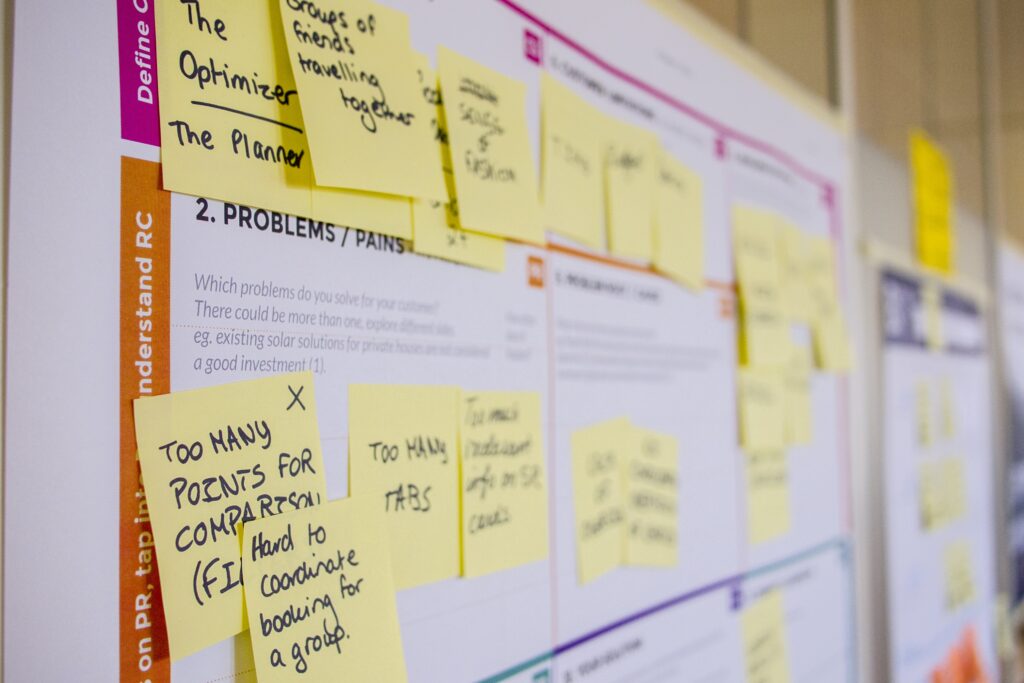Customer satisfaction research to deliver both scale and specificity
Our technology reaches across 140+ industries to give you the scale of a panel combined with the depth of an expert network. From professionals en masse to niche, hard-to-find audiences, the NewtonX Knowledge Graph can find the exact people to deliver the business insights you need. We’re the only customer loyalty research agency that’s developed proprietary research technology to keep up with market demands. Here’s just a sampling of who we pinpoint, for everything from 5,000+ participant surveys to curated groups of in-depth interviews.
industries
- Cryptocurrency specialists advising on hedge fund projects
- Advertising professionals overseeing brand spend
- Reddit users that visit Reddit for NSFW content
- IT decision-makers evaluating cloud software services















